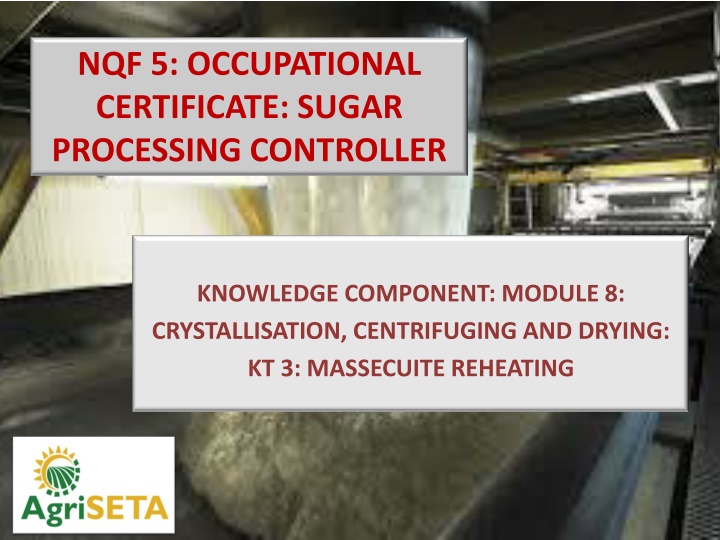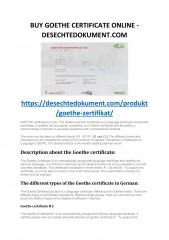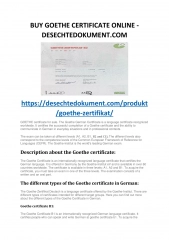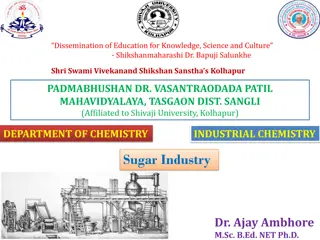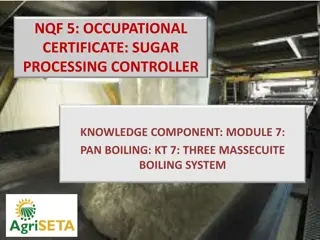NQF 5: OCCUPATIONAL CERTIFICATE: SUGAR PROCESSING CONTROLLER
Monitoring the temperature of C-massecuite during sugar processing is crucial to maintain proper viscosity. Reheating to saturation temperature is essential before centrifuging to achieve efficient crystal separation. Different types of reheaters are utilized for this process, such as crystalliser heating methods and specific temperature control practices. Effective reheating ensures the massecuite maintains its fluid properties and improves the separation of crystals and mother liquor.
Download Presentation

Please find below an Image/Link to download the presentation.
The content on the website is provided AS IS for your information and personal use only. It may not be sold, licensed, or shared on other websites without obtaining consent from the author.If you encounter any issues during the download, it is possible that the publisher has removed the file from their server.
You are allowed to download the files provided on this website for personal or commercial use, subject to the condition that they are used lawfully. All files are the property of their respective owners.
The content on the website is provided AS IS for your information and personal use only. It may not be sold, licensed, or shared on other websites without obtaining consent from the author.
E N D
Presentation Transcript
NQF 5: OCCUPATIONAL CERTIFICATE: SUGAR PROCESSING CONTROLLER KNOWLEDGE COMPONENT: MODULE 8: CRYSTALLISATION, CENTRIFUGING AND DRYING: KT 3: MASSECUITE REHEATING
Introduction C-massecuite must not be cooled below 40 C in the crystallisers Below this temperature the viscosity of the massecuite increases to the point where the massecuite losses its fluid properties and becomes unmanageable. The limiting factor for the separation of crystal and mother liquor in a C massecuite is the viscosity of the mother liquor. C massecuite may be cooled as low as 40 C, but it must be reheated to about 54 C before centrifuging. The molasses after cooling in the crystalliser is usually still supersaturated and the massecuite can be heated to saturation temperature without dissolving crystals. This operation requires careful control to avoid crystal dissolution.
Introduction (cont.) Reheating can be carried out in the last compartment of the crystalliser, between the crystalliser and centrifugal or both. The massecuite temperature should be brought up to saturation temperature as quickly as possible without crystal dissolution. The saturation temperature is normally about 55 C. In practice some sucrose does dissolve and the purity of the mother liquor does increase, but the increase is relatedly small. However, reheating is essential to reduce the viscosity of the massecuite for centrifugation.
Typical Temperature Variation for a C- Massecuite
Types of Reheaters Crystalliser heating: This is achieved by circulating warm water through the cooling elements. Ideally the water temperature should not be more than 2 C above saturation temperature. The heating should be as rapid as possible and with immediate curing molasses losses can be kept to a minimum.
Types of Reheaters (cont.) Reheaters: Reheaters are either of the overflow or totally enclosed type. They have banks of tubes which are either staggered or in line. Heating water is pumped through the tubes from a heater which is temperature controlled. The water inlet temperature is about 7 C above that of the massecuite outlet temperature. The heating elements of the reheater can be fixed or rotating. When the reheater is filled with massecuite, it is always filled from the bottom to ensure proper/complete filling. The temperature to which the massecuite is reheated will change during the season due to the changing massecuite viscosity. For example, unseasonal rain in October leads to a decrease in cane purity and to an increase in viscosity. The reheating temperature must thus be higher.
Types of Reheaters (cont.) Resistance Heaters These heaters are situated in the feed pipe to the centrifugal and the massecuite is heated by electrodes supplied with +25kW of power.
Assessing the Effect of Crystallisation By Analysing the Mother Liquor in a Massecuite The mother liquor needs to be separated from the crystals it contains. This is done using air pressure in a nutsch apparatus and the sample of mother liquor obtained is called a Nutsch sample. The apparatus is very robust and represented as follows:
Assessing the Effect of Crystallisation (cont.) By Analysing the Mother Liquor in a Massecuite (cont.) The mother liquor is forced through the holes in the screen while the crystals remain behind. The Nutsch sample is analysed for purity, because of the mother liquor indicates how much sucrose has been crystallised. Nutsch samples are taken at strike, after the crystallisers and after the massecuite reheater. Molasses samples are already taken so the purity of the mother liquor after centrifugation is known. Nutsch purities are the only way to gauge the effectiveness of the C-station. After crystallisation the Nutsch is at +40 C. Once the sample of massecuite is taken, the Nutsch filtration must be done quickly before the massecuite cools. The reason is that due to the massecuite s high viscosity it filters slowly.
Assessing the Effect of Crystallisation (cont.) Sample Nutsch values for a C-station: Apparent Purity 34.1 Change in Purity Reason At strike After crystallisation After reheater Final molasses Crystallisation in crystallisers Crystal dissolution Crystal dissolution 28.3 -5 29.1 29.6 +0.8 +0.5 This is a good Nutsch profile. Note that the crystallisers have produced a substantial purity drop in the mother liquor using relatively little energy. The final molasses shows an increase in purity because steam and water was used to wash the crystals in the centrifugal.
